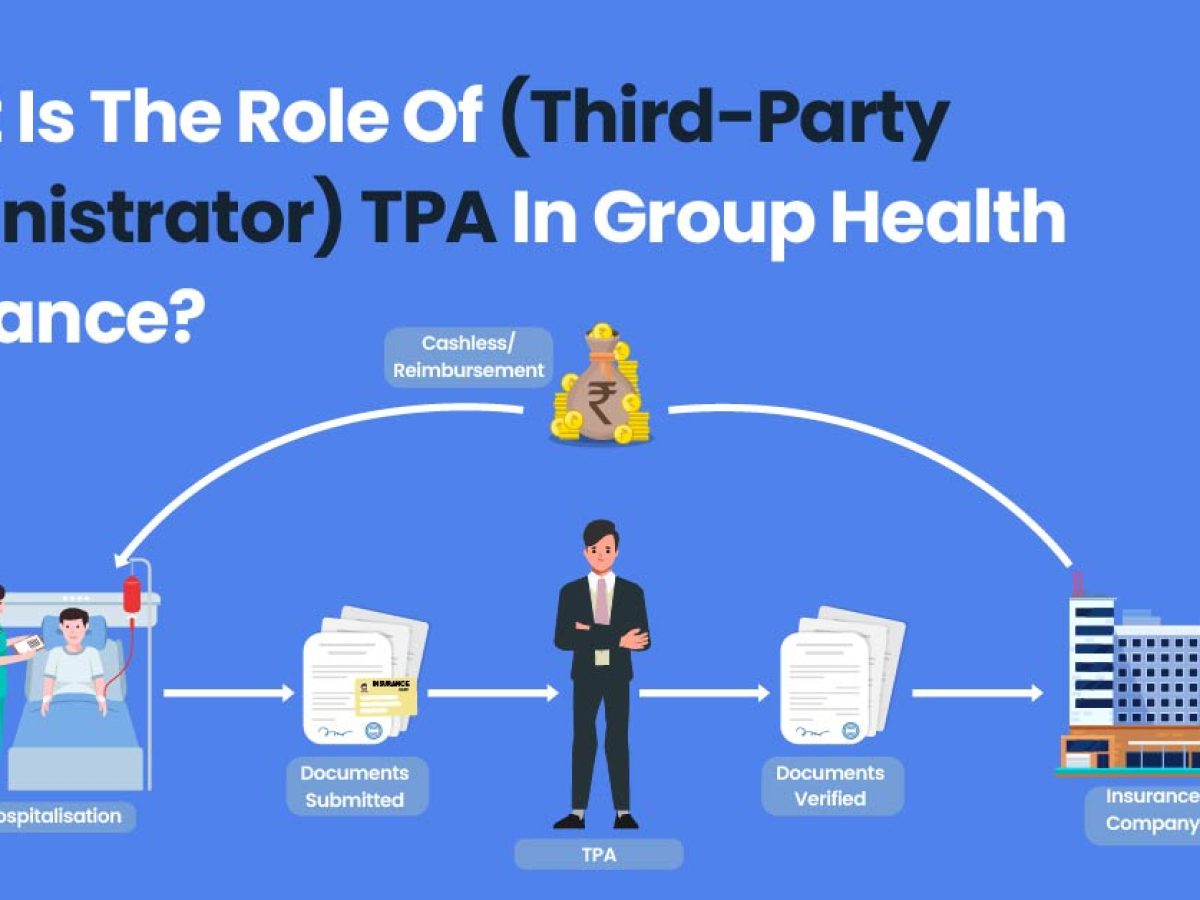Pacific Prime Can Be Fun For Anyone
Pacific Prime Can Be Fun For Everyone
Table of ContentsThe Of Pacific PrimePacific Prime - Questions6 Easy Facts About Pacific Prime ExplainedSee This Report about Pacific PrimeThe Main Principles Of Pacific Prime

This is because the data were gathered for a period of strong economic performance. Of the estimated 42 million individuals who were without insurance, all but regarding 420,000 (about 1 percent) were under 65 years of age, the age at which most Americans come to be eligible for Medicare; 32 million were grownups between ages 18 and 65, about 19 percent of all grownups in this age team; and 10 million were children under 18 years old, about 13.9 percent of all kids (Mills, 2000).
These price quotes of the number of individuals uninsured are produced from the yearly March Supplement to the Current Population Study (CPS), performed by the Census Bureau. Unless otherwise noted, nationwide price quotes of people without health and wellness insurance policy and percentages of the population with different kinds of insurance coverage are based on the CPS, the most commonly made use of source of estimates of insurance protection and uninsurance rates.
The 2-Minute Rule for Pacific Prime

Still, the CPS is specifically valuable because it creates annual estimates reasonably quickly, reporting the previous year's insurance policy coverage estimates each September, and because it is the basis for a consistent collection of estimates for greater than two decades, permitting for evaluation of fads in insurance coverage gradually. For these reasons, along with the extensive use the CPS in other studies of insurance coverage that are presented in this record, we rely upon CPS estimates, with constraints kept in mind.

The quote of the variety of without insurance individuals broadens when a populace's insurance policy condition is tracked for a number of years. Over a three-year period starting early in 1993, 72 million people, 29 percent of the united state populace, were without coverage for at the very least one month. Within a solitary year (1994 ), 53 million people experienced at the very least a month without coverage (Bennefield, 1998a)
6 out of every 10 uninsured adults are themselves employed. Functioning does improve the chance that one and one's household members will certainly have insurance, it is not an assurance. Even participants of families with 2 full-time wage earners have almost a one-in-ten opportunity of being uninsured (9.1 percent without insurance rate) (Hoffman and Pohl, 2000).
Not known Facts About Pacific Prime
New immigrants represent a significant proportion of people without medical insurance. One evaluation has actually attributed a considerable part of the current development in the size of the united state without insurance population to immigrants that showed up in the nation between 1994 and 1998 (Camarota and Edwards, 2000). Recent immigrants (those who pertained to the United States within the previous 4 years) do have a high price of being without insurance (46 percent), yet they and their kids account for just 6 percent of those without insurance policy nationally (Holahan et al., 2001).
The connection between wellness insurance policy and accessibility to care is well developed, as recorded later on in this phase. Although the relationship between health insurance coverage and wellness results is neither direct nor basic, a considerable clinical and health services research literature web links health insurance policy coverage to enhanced accessibility to care, better high quality, and boosted personal and populace health standing.
Degrees of analysis for taking a look at the effects of uninsurance. This discussion of medical insurance coverage focuses mainly on the U.S. populace under age 65 due to the fact that essentially all Americans 65 and older have Medicare or other public coverage. It focuses particularly on those without any type of wellness insurance coverage for any type of length of time.
Our Pacific Prime Statements
The issues faced by the underinsured great post to read are in some aspects similar to those dealt with by the uninsured, although they are usually much less serious. Health insurance policy, nevertheless, is neither needed neither adequate to obtain accessibility to medical services. The independent and straight result of health insurance coverage on access to wellness solutions is well established.
Others will obtain the healthcare they need also without health and wellness insurance, by paying for it expense or seeking it from providers who provide treatment free or at very subsidized rates. For still others, medical insurance alone does not guarantee receipt of care as a result of various other nonfinancial barriers, such as a lack of healthcare service providers in their area, minimal accessibility to transportation, illiteracy, or linguistic and cultural distinctions.
Some Known Facts About Pacific Prime.
Official research regarding uninsured populations in the United States dates to the late 1920s and early 1930s when the Board on the Cost of Healthcare produced a series of reports regarding funding physician office check outs and hospitalizations. This concern became salient as the numbers of clinically indigent climbed up throughout the Great Clinical depression.